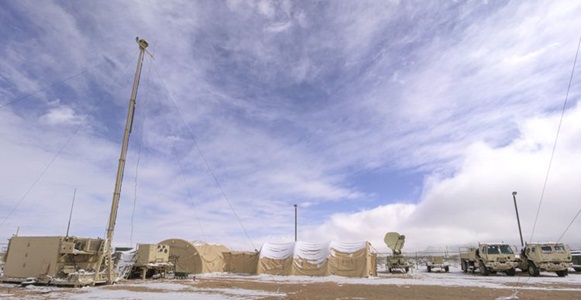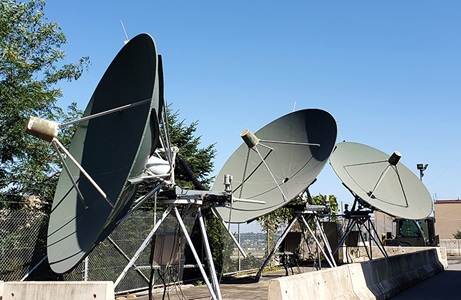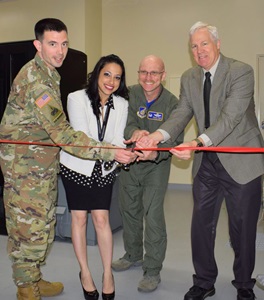Joint Tactical Ground Station (JTAGS)

First to See. First to Report.
JTAGS' objective is simple: to receive, process and disseminate Overhead Persistent Infrared (OPIR) sensor information on tactical ballistic missile (TBM) launches and other events of interest for warning, alerting and cueing via in-theater tactical and strategic communications networks.
Developed and built by Northrop Grumman for the U.S. Army, JTAGS receives and processes data directly down-linked from the Overhead Persistent Infrared (OPIR) constellation of satellites, including Defense Support Program and Space Based Infrared System (SBIRS) sensors, and other infrared satellite sensors. JTAGS then disseminates near-real-time warning, alerting and cueing information on ballistic missile launches and other tactical events of interest throughout the theater using multiple communications networks.

Key Capabilities and Contributions of JTAGS
- Provides timely and assured warning for protection of friendly forces and population
- Cues active theater missile defense systems for rapid missile intercept
- Cues attack operations assets to detect and destroy enemy launch capability
- Acts as an essential link for theater commander's situational awareness
- Provides information on other infrared (IR) events for theater situational awareness
- Is the sole in-theater system that provides the combatant commander with the ability to warn, protect and defend theater operations.
How JTAGS Works
- The system receives direct down-linked data from up to three OPIR sensors to include DSP sensors and a Space Based Infrared Geosynchronous Earth Orbit (SBIRS GEO) sensor, and additionally receives other networked sensor data, such as Highly Elliptical Orbit (HEO) sensor, in order to produce IR events within the sensors' fields of view
- 3-D stereo processing of multiple sensors is performed to greatly improve tactical parameters. This groundbreaking technology, first introduced by Northrop Grumman in 1994, is still used today throughout the missile warning community
- Near real-time reporting through theater communication systems rapidly disseminates data directly to combatant commander
Media Contact
Bridget Slayen
(703) 556-2224



